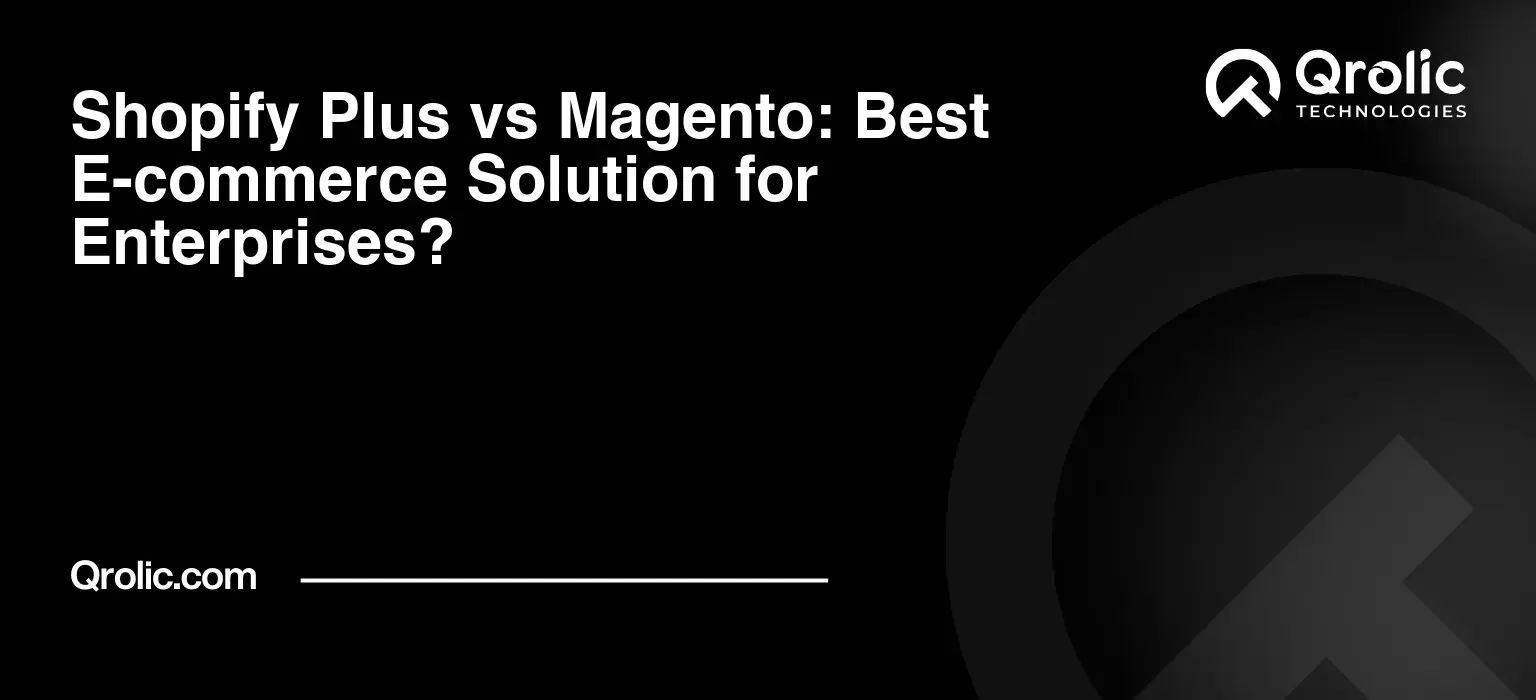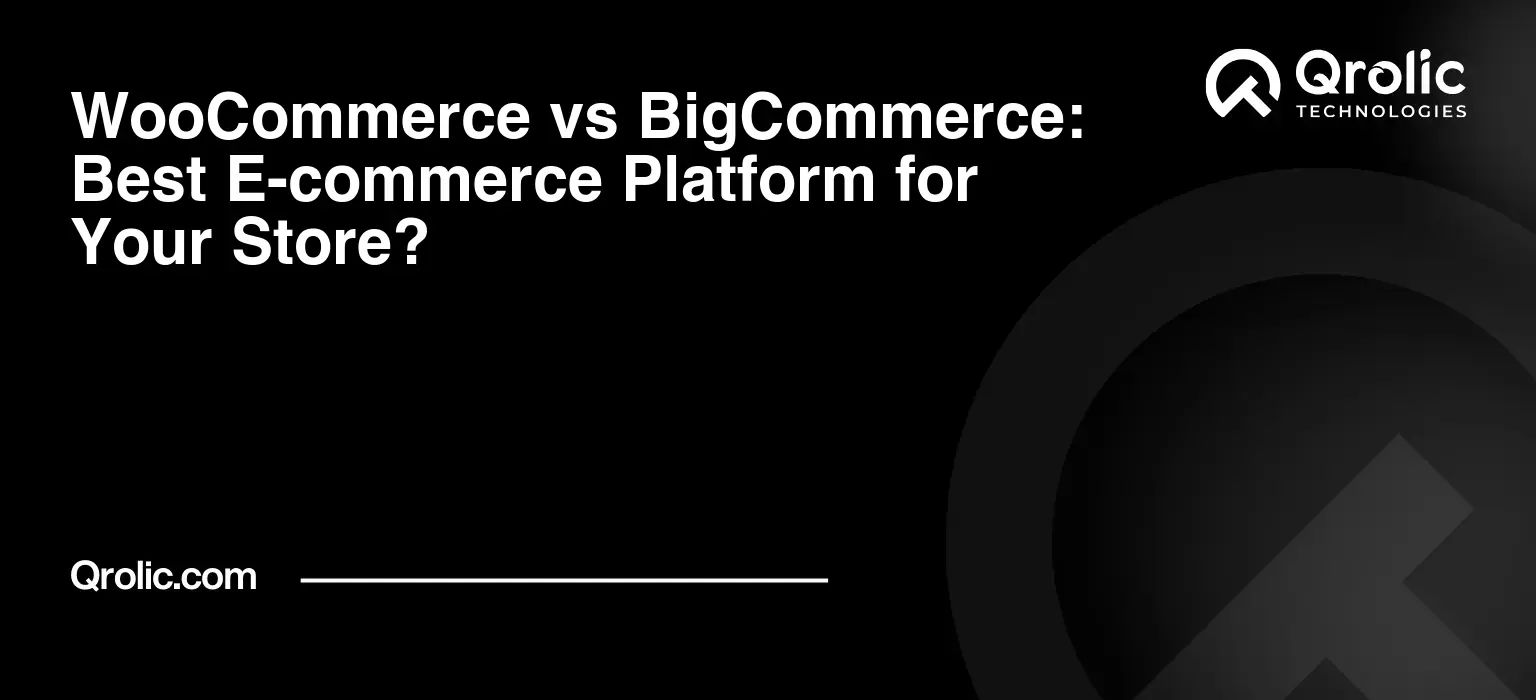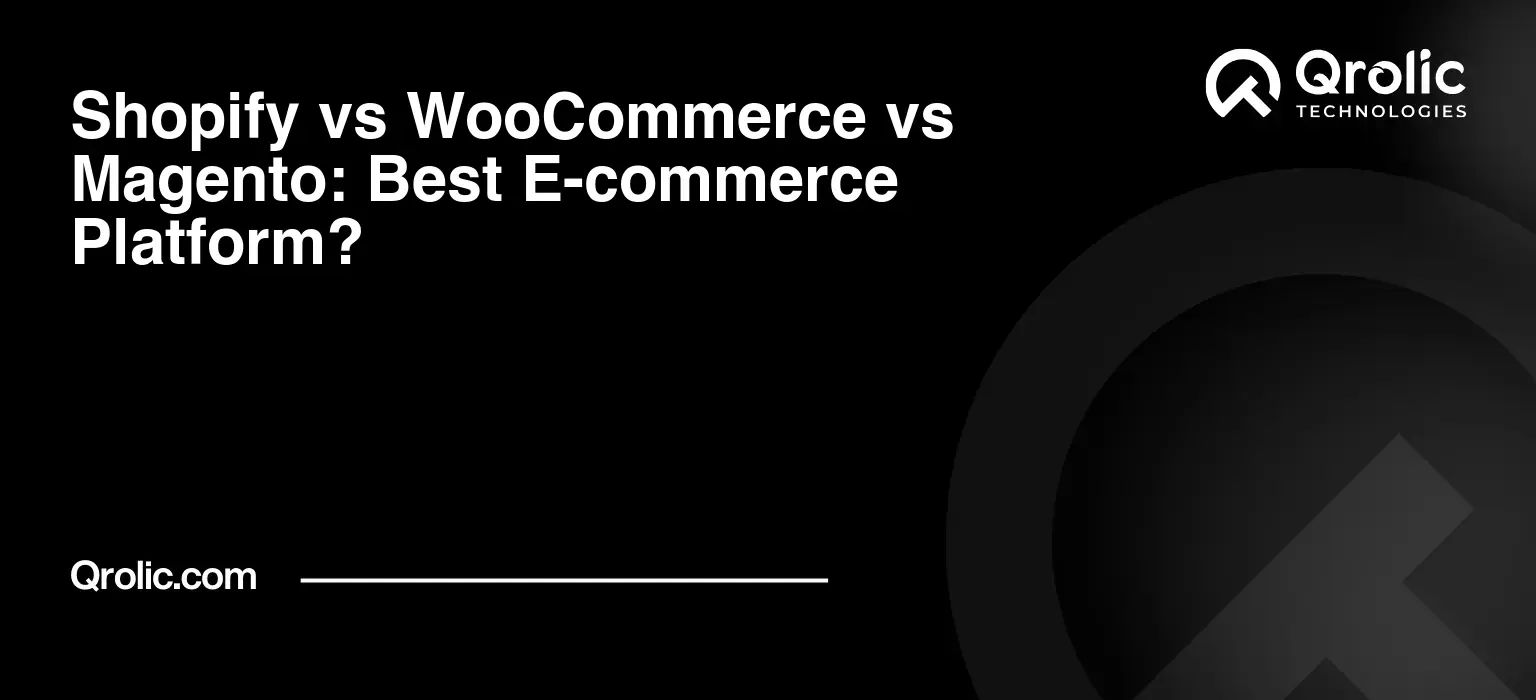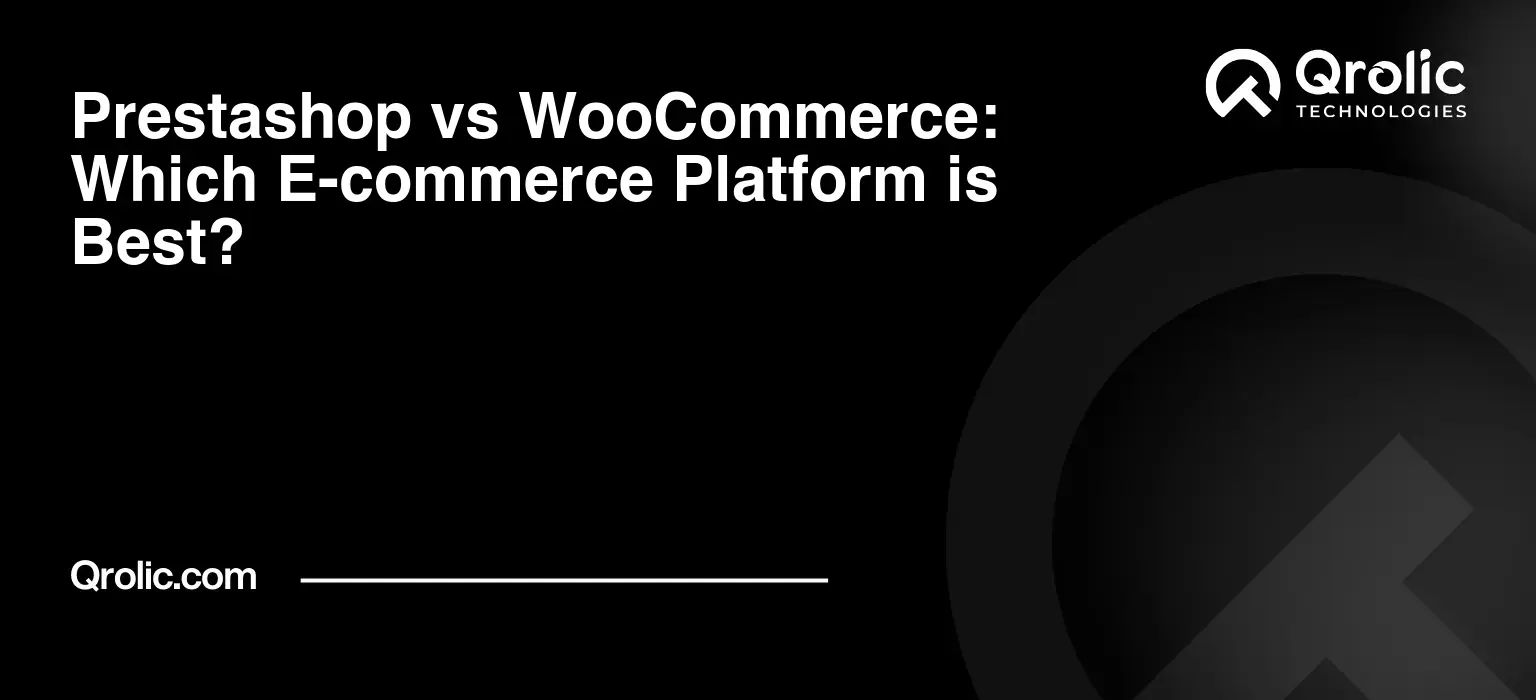Choosing the right e-commerce platform can feel like navigating a minefield, especially when you’re steering a large enterprise. You need a solution that can handle massive traffic, complex product catalogs, and demanding customer expectations. That’s where Shopify Plus and Magento (now Adobe Commerce) come in. These are the titans of the enterprise e-commerce world, but which one reigns supreme for your specific needs? Let’s dive into a comprehensive comparison, exploring the nuances of each platform to help you make an informed decision.
Quick Summary:
- Shopify Plus offers easy setup, speed, and predictable costs.
- Magento provides deep customization but requires technical expertise.
- Choose based on your team’s tech skills and unique business needs.
Table of Contents
- Understanding the Landscape: Defining Enterprise E-commerce
- Round 1: Core Features and Functionality – What Do They Bring to the Table?
- Shopify Plus: Simplicity and Speed
- Magento (Adobe Commerce): Power and Flexibility
- Round 2: Scalability – Can They Handle the Heat?
- Shopify Plus: Built for Growth
- Magento (Adobe Commerce): Scaling with Expertise
- Round 3: Customization – How Unique Can You Get?
- Shopify Plus: Controlled Customization
- Magento (Adobe Commerce): Unlimited Possibilities
- Round 4: Integrations – Connecting Your Ecosystem
- Shopify Plus: App-Centric Integrations
- Magento (Adobe Commerce): API-Driven Flexibility
- Round 5: Pricing – What’s the Damage?
- Shopify Plus: Predictable Costs
- Magento (Adobe Commerce): Variable Expenses
- Round 6: Support – Who’s Got Your Back?
- Shopify Plus: Dedicated Support
- Magento (Adobe Commerce): Community and Partner Support
- Side-by-Side Comparison: A Quick Glance
- Case Studies: Real-World Examples
- Making the Right Choice: A Step-by-Step Guide
- Qrolic Technologies: Your Partner in E-commerce Excellence
- The Verdict: Which Platform Wins?
- The Future of Enterprise E-commerce: What’s Next?
Understanding the Landscape: Defining Enterprise E-commerce
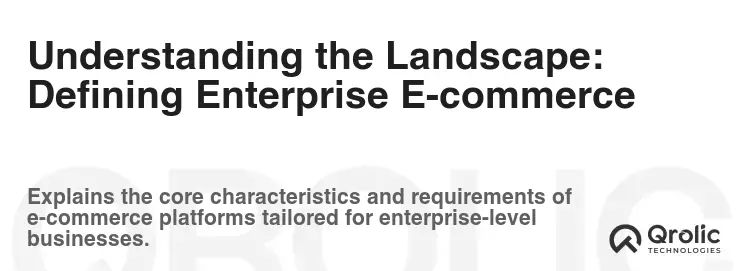
Before we pit Shopify Plus against Magento, let’s clarify what “enterprise e-commerce” truly means. It’s not just about having a lot of products. It’s about:
- Scalability: Handling surges in traffic without crashing.
- Customization: Building unique shopping experiences that reflect your brand.
- Integration: Connecting seamlessly with existing ERP, CRM, and marketing systems.
- Security: Protecting sensitive customer data with robust security measures.
- Support: Accessing dedicated support when things go wrong (and they inevitably will).
- Global Reach: Expanding into international markets with ease.
- Automation: Streamlining operations to improve efficiency.
Enterprises often face complex challenges, such as managing multiple brands, implementing intricate pricing rules, and catering to diverse customer segments. The right e-commerce platform must be able to handle these complexities with grace and power.
Round 1: Core Features and Functionality – What Do They Bring to the Table?

Let’s break down the key features of each platform to get a sense of their raw capabilities.
Shopify Plus: Simplicity and Speed
Shopify Plus is the enterprise-level offering from Shopify, known for its ease of use and rapid deployment.
- Unlimited Bandwidth and Transactions: No worrying about usage limits.
- Dedicated Account Manager: Personalized support from Shopify experts.
- Shopify Flow: A powerful automation tool for streamlining tasks.
- Shopify Scripts: Customize the shopping cart experience with code.
- Launchpad: Schedule product launches, sales, and content updates with ease.
- Unlimited Staff Accounts: Collaborate with your entire team.
- Nine Expansion Stores: Manage multiple storefronts from a single dashboard.
- Shopify POS Pro: Sell in-person with advanced point-of-sale features.
- Extensive App Store: Access a vast library of apps to extend functionality.
Benefits of Shopify Plus Features:
- Reduced Development Time: Shopify’s user-friendly interface and pre-built themes accelerate the development process.
- Simplified Operations: Automation tools like Shopify Flow reduce manual tasks and improve efficiency.
- Faster Time to Market: Launch new products and promotions quickly with Launchpad.
- Scalable Infrastructure: Shopify handles the technical complexities, allowing you to focus on growing your business.
- Centralized Management: Manage multiple storefronts and sales channels from a single platform.
Magento (Adobe Commerce): Power and Flexibility
Magento, now known as Adobe Commerce after being acquired by Adobe, is an open-source platform renowned for its extensive customization options and robust feature set. It gives you the ultimate control over your website.
- Open-Source Architecture: Customize every aspect of your store’s functionality.
- Advanced SEO Features: Built-in tools to optimize your site for search engines.
- Extensive Catalog Management: Handle complex product catalogs with ease.
- Robust Marketing Tools: Create targeted promotions and personalize the shopping experience.
- B2B Functionality: Supports complex B2B workflows, such as quote requests and negotiated pricing.
- Advanced Reporting and Analytics: Gain deep insights into your business performance.
- Multi-Store Management: Manage multiple stores from a single admin panel.
- Personalization: Deliver targeted content and product recommendations.
- Order Management: Efficiently manage orders from placement to fulfillment.
Benefits of Magento (Adobe Commerce) Features:
- Unparalleled Customization: Tailor your store to meet your exact business requirements.
- Improved SEO Performance: Drive more organic traffic to your website.
- Enhanced Customer Experience: Create personalized shopping experiences that drive conversions.
- Streamlined B2B Operations: Automate complex B2B workflows and improve efficiency.
- Data-Driven Decision Making: Gain deep insights into your business performance with advanced reporting.
- Increased Flexibility: Adapt to changing market conditions and customer needs with ease.
- Greater Control: Manage every aspect of your store, from product catalogs to pricing rules.
Key Takeaway: Shopify Plus shines with its simplicity and speed, making it ideal for businesses that want a quick and easy solution. Magento (Adobe Commerce) offers unparalleled power and flexibility, catering to businesses with complex requirements and a desire for complete control.
Round 2: Scalability – Can They Handle the Heat?
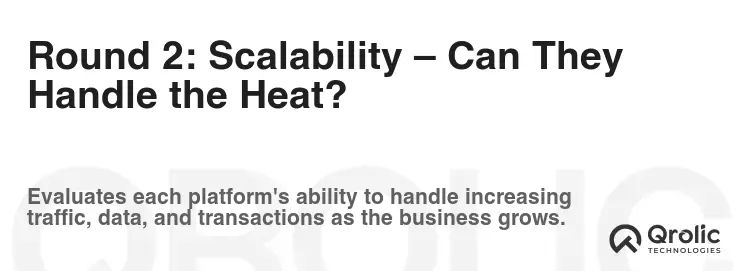
Scalability is crucial for enterprises anticipating growth. A platform that buckles under pressure during peak seasons can lead to lost sales and frustrated customers.
Shopify Plus: Built for Growth
Shopify Plus is designed to handle high traffic volumes without breaking a sweat. Its cloud-based infrastructure automatically scales to meet demand. You don’t have to worry about managing servers or optimizing performance. Shopify handles the technical complexities, allowing you to focus on growing your business.
How Shopify Plus Ensures Scalability:
- Cloud-Based Infrastructure: Hosted on Google Cloud Platform, ensuring reliability and scalability.
- Automatic Scaling: Resources are automatically allocated to handle traffic surges.
- Content Delivery Network (CDN): Delivers content quickly to users around the world.
- Optimized Codebase: Shopify’s codebase is optimized for performance, ensuring fast loading times.
- Dedicated Support: Shopify’s support team is available to assist with any scalability issues.
Magento (Adobe Commerce): Scaling with Expertise
Magento (Adobe Commerce) can also scale to handle massive traffic volumes, but it requires more technical expertise. You need to carefully configure your servers, optimize your database, and implement caching strategies. While Magento itself is scalable, the responsibility falls on you (or your development team) to ensure it performs optimally.
How Magento (Adobe Commerce) Ensures Scalability:
- Customizable Infrastructure: Choose your own hosting provider and configure your servers to meet your specific needs.
- Caching Strategies: Implement caching mechanisms to reduce server load and improve performance.
- Database Optimization: Optimize your database to ensure fast query execution.
- Content Delivery Network (CDN): Integrate with a CDN to deliver content quickly to users around the world.
- Scalable Architecture: Magento’s architecture is designed to be scalable, but it requires careful configuration.
Key Takeaway: Shopify Plus offers effortless scalability, while Magento (Adobe Commerce) requires more technical expertise and hands-on management. If you lack in-house technical resources, Shopify Plus might be the better choice. If you have a strong development team, Magento’s scalability can be fine-tuned to your exact needs.
Round 3: Customization – How Unique Can You Get?
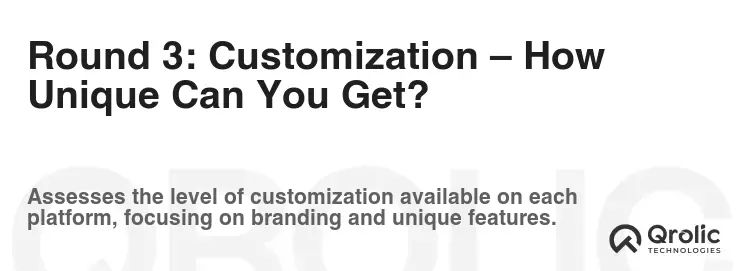
Customization is essential for building a unique brand experience and differentiating yourself from the competition.
Shopify Plus: Controlled Customization
Shopify Plus offers a reasonable level of customization. You can modify your theme, use Shopify Scripts to personalize the shopping cart experience, and integrate with third-party apps. However, you’re limited by Shopify’s platform architecture. You can’t make changes to the core codebase.
Customization Options in Shopify Plus:
- Theme Customization: Modify your theme’s appearance and functionality.
- Shopify Scripts: Customize the shopping cart experience with code.
- App Integrations: Extend functionality with third-party apps.
- Shopify APIs: Integrate with other systems using Shopify’s APIs.
- Headless Commerce: Decouple the front-end from the back-end for greater flexibility.
Magento (Adobe Commerce): Unlimited Possibilities
Magento (Adobe Commerce) offers unparalleled customization options. As an open-source platform, you have complete control over the codebase. You can modify any aspect of your store’s functionality, from the checkout process to the product display pages. The sky’s the limit!
Customization Options in Magento (Adobe Commerce):
- Code-Level Customization: Modify the core codebase to meet your exact requirements.
- Theme Development: Create custom themes that reflect your brand identity.
- Extension Development: Build custom extensions to extend functionality.
- API Integrations: Integrate with other systems using Magento’s APIs.
- Headless Commerce: Decouple the front-end from the back-end for greater flexibility.
Key Takeaway: Shopify Plus provides controlled customization within the Shopify ecosystem. Magento (Adobe Commerce) offers unlimited customization possibilities, but it requires significant development expertise.
Round 4: Integrations – Connecting Your Ecosystem
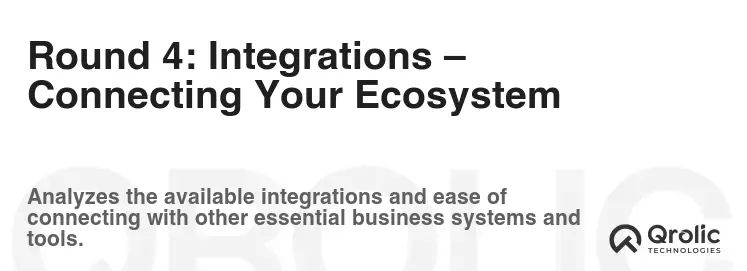
Seamless integration with existing systems is crucial for streamlining operations and improving efficiency.
Shopify Plus: App-Centric Integrations
Shopify Plus relies heavily on app integrations. The Shopify App Store offers a vast library of apps that connect with various ERP, CRM, marketing, and accounting systems. While this makes integration relatively easy, it can also lead to reliance on third-party vendors and potential compatibility issues.
Integration Options in Shopify Plus:
- Shopify App Store: Access a vast library of apps for various integrations.
- Shopify APIs: Integrate with other systems using Shopify’s APIs.
- Pre-built Integrations: Shopify offers pre-built integrations with popular platforms like Facebook and Google.
Magento (Adobe Commerce): API-Driven Flexibility
Magento (Adobe Commerce) offers more flexibility in terms of integrations. You can integrate with any system using its robust APIs. This allows you to build custom integrations that meet your specific needs. However, building custom integrations requires development expertise.
Integration Options in Magento (Adobe Commerce):
- Magento APIs: Integrate with other systems using Magento’s APIs.
- Extension Marketplace: Access a marketplace of extensions for various integrations.
- Custom Integrations: Build custom integrations to meet your specific needs.
Key Takeaway: Shopify Plus offers easier integrations through its app store, while Magento (Adobe Commerce) provides more flexibility with its APIs but requires more development effort.
Round 5: Pricing – What’s the Damage?
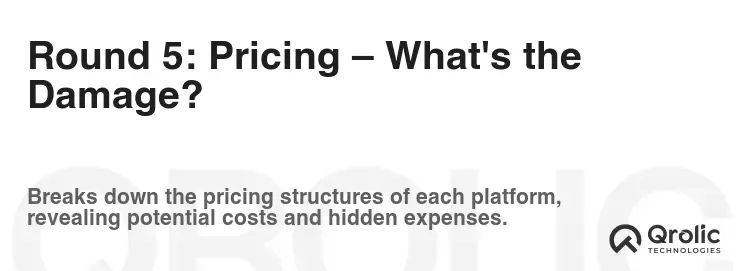
Understanding the pricing structure of each platform is crucial for budgeting purposes.
Shopify Plus: Predictable Costs
Shopify Plus pricing starts at $2,000 per month and can increase based on sales volume. The platform fees are calculated as a percentage of your monthly revenue, up to a maximum of $40,000 per month. This predictable pricing structure makes it easy to budget for your e-commerce operations.
Shopify Plus Pricing Breakdown:
- Starting Price: $2,000 per month
- Percentage of Revenue: Calculated as a percentage of monthly revenue, up to $40,000 per month.
- Additional Costs: App subscriptions, transaction fees (if not using Shopify Payments), and development costs.
Magento (Adobe Commerce): Variable Expenses
Magento (Adobe Commerce) pricing is more complex. The platform itself is free to download and use (if you choose the open-source version). However, you’ll need to pay for hosting, security, extensions, and development services. Adobe Commerce (the enterprise version) requires a licensing fee, which is determined based on your gross merchandise volume (GMV). Costs can vary significantly depending on your specific needs and chosen implementation partner.
Magento (Adobe Commerce) Pricing Breakdown:
- Open-Source Version: Free to download and use, but requires you to manage hosting, security, and development.
- Adobe Commerce (Enterprise): Requires a licensing fee based on GMV.
- Additional Costs: Hosting, security, extensions, development services, and ongoing maintenance.
Key Takeaway: Shopify Plus offers predictable pricing with a monthly subscription fee. Magento (Adobe Commerce) has a more variable cost structure, depending on your chosen implementation and required resources.
Round 6: Support – Who’s Got Your Back?
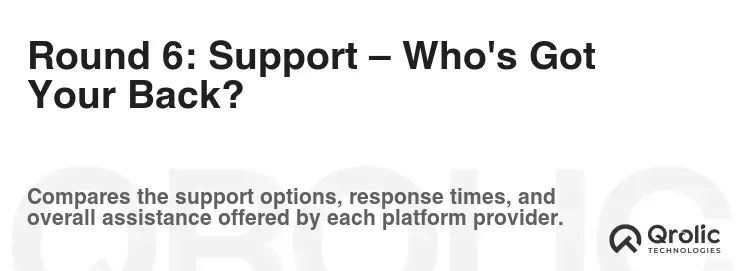
Reliable support is essential for resolving issues quickly and minimizing downtime.
Shopify Plus: Dedicated Support
Shopify Plus provides dedicated account managers who offer personalized support and guidance. You also have access to 24/7 priority support via phone, email, and chat.
Shopify Plus Support Features:
- Dedicated Account Manager: Personalized support and guidance.
- 24/7 Priority Support: Access to support via phone, email, and chat.
- Shopify Help Center: A comprehensive knowledge base with articles and tutorials.
- Shopify Community: A forum where you can connect with other Shopify users and experts.
Magento (Adobe Commerce): Community and Partner Support
Magento (Adobe Commerce) offers community support through its forums and online resources. For enterprise-level support, you’ll typically rely on a certified Magento partner or your in-house development team. Adobe Commerce offers its own support packages for its paid platform.
Magento (Adobe Commerce) Support Features:
- Magento Community: A large and active community of users and developers.
- Magento Partner Network: Access to certified Magento partners for implementation and support.
- Adobe Commerce Support: Direct support from Adobe for paid platform users.
- Magento Documentation: A comprehensive knowledge base with articles and tutorials.
Key Takeaway: Shopify Plus provides dedicated support with account managers and 24/7 priority assistance. Magento (Adobe Commerce) relies heavily on community support and certified partners, requiring you to build your own support network.
Side-by-Side Comparison: A Quick Glance
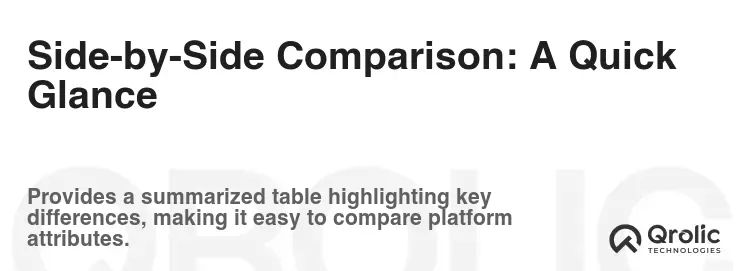
Here’s a table summarizing the key differences between Shopify Plus and Magento (Adobe Commerce):
| Feature | Shopify Plus | Magento (Adobe Commerce) |
|---|---|---|
| Ease of Use | Very Easy | Complex |
| Scalability | Highly Scalable (Automatic) | Highly Scalable (Requires Expertise) |
| Customization | Limited (Theme & App-Based) | Unlimited (Code-Level Access) |
| Integrations | App Store, APIs | APIs, Extensions, Custom Development |
| Pricing | Predictable (Subscription-Based) | Variable (Hosting, Development, Licensing Fees) |
| Support | Dedicated Account Manager, 24/7 Priority | Community, Partner Network, Adobe Commerce Support |
| SEO | Good, with available apps for enhancement | Excellent, with built-in advanced features |
| B2B Functionality | Limited, relies on apps. | Robust, built-in features. |
Case Studies: Real-World Examples

Let’s look at some real-world examples to see how these platforms are being used in practice.
- Shopify Plus Example: Gymshark The fitness apparel brand Gymshark uses Shopify Plus to power its online store and manage its global operations. Shopify Plus’s scalability and ease of use allowed Gymshark to handle massive traffic surges during product launches and Black Friday sales.
- Magento (Adobe Commerce) Example: Land Rover Land Rover uses Magento (Adobe Commerce) to create a highly customized online experience for its customers. Magento’s flexibility allowed Land Rover to integrate its online store with its vehicle configuration tools and dealer network.
These examples demonstrate how both platforms can be used successfully by large enterprises, but the best choice depends on the specific needs and resources of each company.
Making the Right Choice: A Step-by-Step Guide

Choosing the right e-commerce platform is a significant decision. Here’s a step-by-step guide to help you make the best choice for your business:
- Define Your Requirements: What are your specific business needs and goals? What level of customization do you require? What is your budget?
- Assess Your Technical Resources: Do you have an in-house development team? Do you prefer a hands-on or hands-off approach to technology management?
- Consider Your Growth Plans: How quickly do you expect your business to grow? Do you need a platform that can scale easily to handle increased traffic and sales?
- Evaluate the Integration Options: Do you need to integrate with existing ERP, CRM, or marketing systems? How important is seamless integration?
- Compare Pricing Structures: What is your budget for the platform, development, and ongoing maintenance? Which pricing structure aligns best with your business model?
- Read Reviews and Case Studies: What are other businesses saying about their experiences with each platform? Look for reviews from companies similar to yours.
- Request Demos: Contact Shopify Plus and Magento (Adobe Commerce) to request demos of their platforms. This will allow you to see the platforms in action and ask questions.
- Pilot Program: Before committing to a platform, consider running a pilot program with a small subset of your products or customers. This will allow you to test the platform in a real-world environment and identify any potential issues.
Qrolic Technologies: Your Partner in E-commerce Excellence
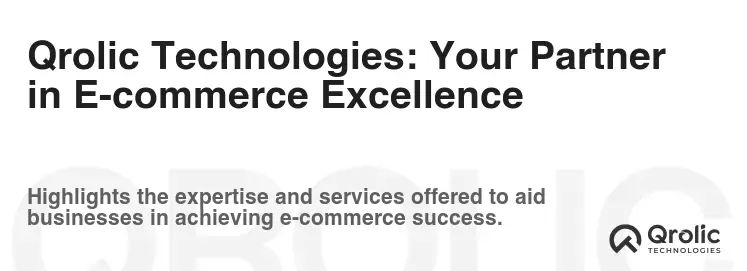
At Qrolic Technologies (https://qrolic.com/), we understand the complexities of enterprise e-commerce. We offer comprehensive solutions for both Shopify Plus and Magento (Adobe Commerce), helping you choose the right platform and implement it effectively. Our team of experienced e-commerce experts can provide:
- Platform Consulting: We help you assess your needs and choose the best platform for your business.
- Custom Development: We build custom themes, apps, and extensions to extend the functionality of your chosen platform.
- Integration Services: We integrate your e-commerce platform with your existing systems, ensuring seamless data flow and improved efficiency.
- Migration Services: We help you migrate your existing e-commerce store to Shopify Plus or Magento (Adobe Commerce) with minimal disruption.
- Ongoing Support and Maintenance: We provide ongoing support and maintenance to ensure your e-commerce store runs smoothly.
Whether you’re just starting your e-commerce journey or looking to optimize your existing operations, Qrolic Technologies is your trusted partner in e-commerce excellence.
The Verdict: Which Platform Wins?
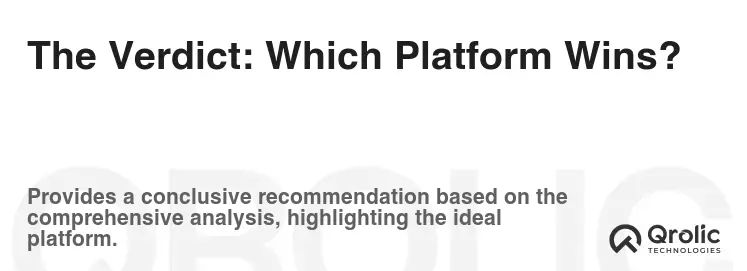
There’s no one-size-fits-all answer to the question of whether Shopify Plus or Magento (Adobe Commerce) is the better enterprise e-commerce solution. The best choice depends on your specific needs, resources, and goals.
Choose Shopify Plus if:
- You want a simple, easy-to-use platform.
- You need a platform that can be launched quickly.
- You lack in-house technical resources.
- You prefer a hands-off approach to technology management.
- Predictable pricing is important.
Choose Magento (Adobe Commerce) if:
- You need a highly customizable platform.
- You have complex business requirements.
- You have an in-house development team or are willing to hire one.
- You want complete control over your e-commerce platform.
- Flexibility and scalability are paramount.
Ultimately, the decision is yours. Carefully consider your options, weigh the pros and cons of each platform, and choose the solution that aligns best with your business objectives.
The Future of Enterprise E-commerce: What’s Next?
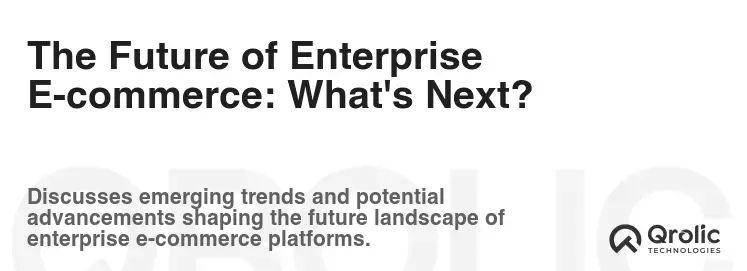
The e-commerce landscape is constantly evolving. Here are some trends to watch:
- Headless Commerce: Decoupling the front-end from the back-end for greater flexibility and customization.
- Artificial Intelligence (AI): Using AI to personalize the shopping experience, automate tasks, and improve customer service.
- Mobile Commerce: Optimizing the shopping experience for mobile devices.
- Sustainability: Focusing on sustainable business practices and environmentally friendly products.
- Personalization: Delivering targeted content and product recommendations to individual customers.
- Omnichannel Commerce: Providing a seamless shopping experience across all channels, including online, in-store, and mobile.
By staying ahead of these trends, you can ensure that your e-commerce business remains competitive and successful in the years to come. Choosing the right platform – whether it’s Shopify Plus, Magento (Adobe Commerce), or another solution – is just the first step. The key to success is to continuously adapt, innovate, and provide your customers with an exceptional shopping experience.
